Artist’s toolbox: Donald Judd’s writings reveal a whole new layer of meaning to his work
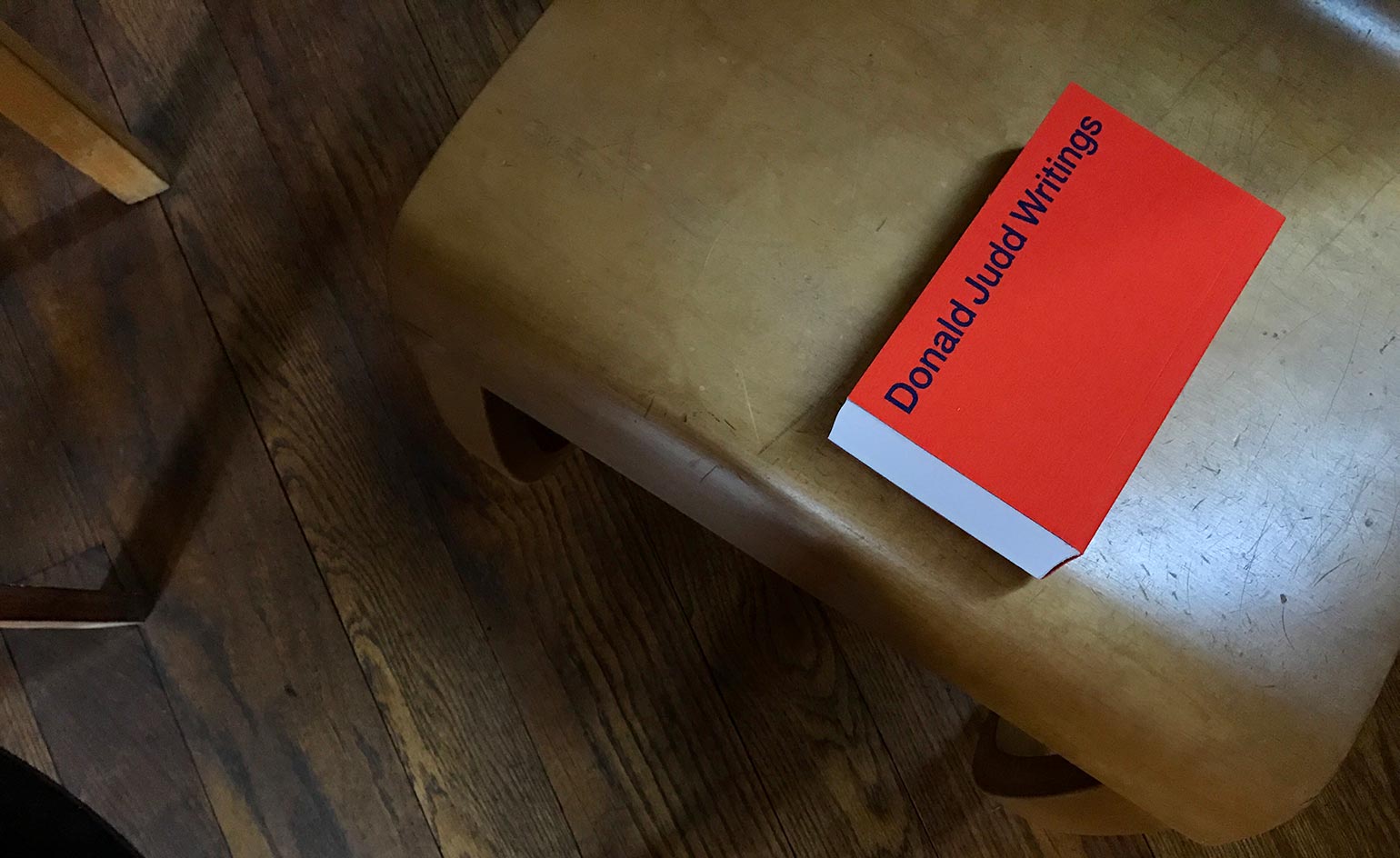
During his lifetime, Donald Judd (1928–1994) compiled four major collections of his writings. These volumes, which include his gallery reviews, book reviews, essays, articles, statements and reports have until now been considered the artist’s written work in its entirety. But a new collection, Donald Judd Writings, containing previously unpublished essays and hundreds of insightful daily notes, is now available in a beautiful cloth-bound, brick-like form. Co-published by the Judd Foundation and David Zwirner Books, it has been in design development for over two years.
Judd’s son Flavin, who oversees the artist’s legacy with his sister, Rainer Judd, worked collaboratively with Judd Foundation archivist Caitlin Murray and designer Michael Dyer, of Remake in New York, to produce the dense edition, which he refers to as ‘a toolbox’. In over 1,000 pages of Judd’s writings he hopes readers will ‘find something useful, something that can be a tool for future use. We hope that Don’s thoughts, ideas and complaints can be used by others to create.’
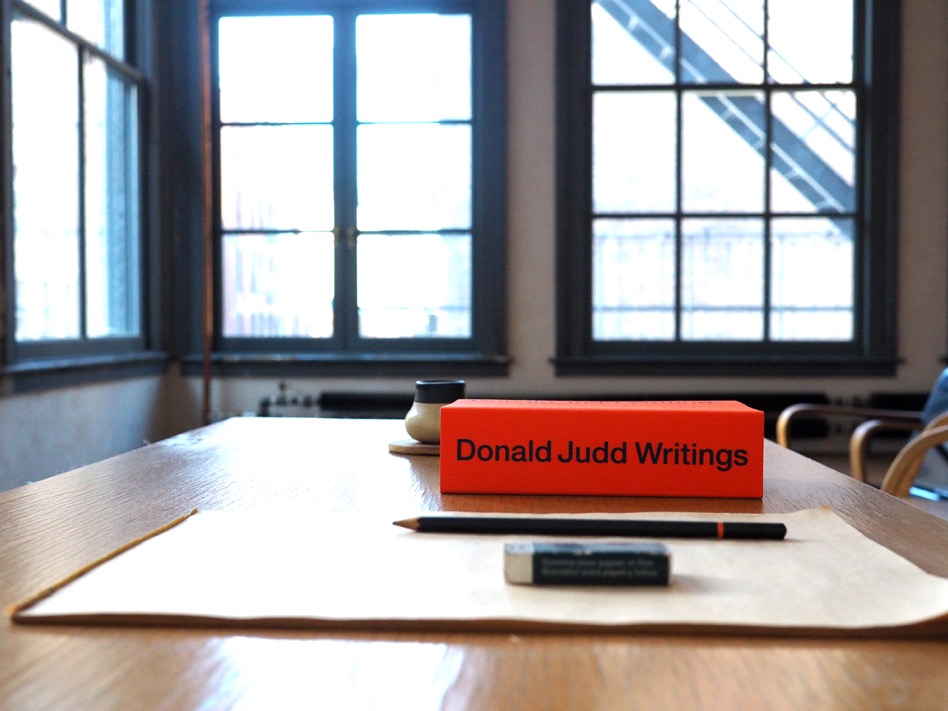
Flavin Judd captured the book in his father’s former studio and home at 101 Spring Street. © Judd Foundation
It is ordered chronologically and where appropriate notes Judd’s location at the time he was writing. ‘It was very important that it contained absolutely everything worth printing in one volume,’ says Judd, who was 25 when his father died in 1994. It is effectively a ‘verbal sketchbook’ of the artist’s life. ‘There is repetition and changes throughout,’ he adds. ‘You are able to see the transition of thought from the beginning to the end and because of its completeness it adds a whole new layer of meaning [to Don’s work].’
Since his father’s death, Judd has been back through every piece of the artist’s writing and transcribed handwritten notes (personal musings, opinions of art and literature, political views, criticisms of people and society) that he found in his journals.
‘There were some notes that seemed directly related to conversations I remember having with Don,’ he says. ‘The conversations were either pretty abstract or about history or art and they tended not to end. Rainer and I were probably the only ones who could talk completely frankly to Don and get away with it. Everyone else, employees, seemed afraid. We could ask tough questions and if you can ask tough questions it leads to long discussions.’
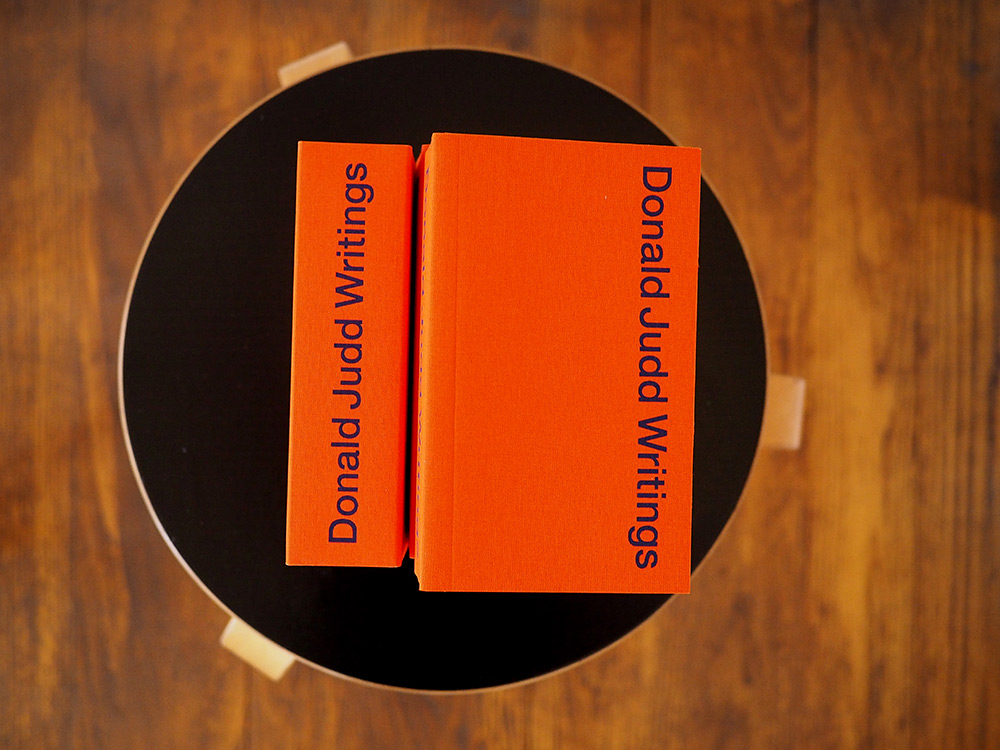
Donald Judd’s extensive writings have been compiled in a cloth-bound, brick-like tome. Photography: Flavin Judd
The process of putting the book together was arduous, with Judd sometimes spending up to eight hours deciphering one word of his father’s scrawled handwriting. ‘I have a whole page in my own sketchbook where I rewrote his words to figure out what certain things were,’ he says. But it was also a beautiful experience for Judd: ‘It’s about as close as you can get to someone again when you are with what they wrote.’
Michael Dyer first began working with Flavin and Rainer Judd on a new identity of the Judd Foundation, which was revealed prior to 101 Spring Street – the artist’s five-storey, cast-iron home and studio in New York – being opened to the public in 2013. ‘Flavin and Rainer’s combined vision is a very appropriate stewardship of Donald Judd’s legacy,’ says Dyer. ‘I feel very much the co-designer on everything we do together – the working process is highly collaborative.’
Dyer says he felt a certain weight of pressure designing the Writings book given its sheer volume, but has come to trust the unique working process he has established with Flavin and Rainer. ‘They like to try a lot of different things and you have to be comfortable with that,’ he says.
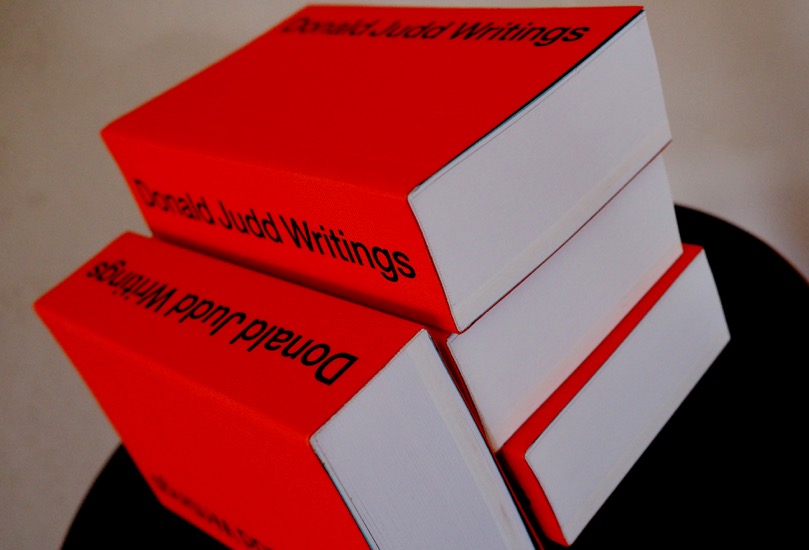
The hefty book is over 1,000 pages long. Photography: Flavin Judd
The size of the book was Judd’s idea. He admired Phaidon’s redesigned pocket edition of EH Gombrich’s The Story of Art, published in 2006. ‘I liked the way it was unpretentious, it was compact, it did what it was supposed to do and you could still carry it around,’ he says.
So Dyer was tasked with figuring out the proportions for the book so that the finished product could be a similarly small size and from there they established the brick-like form. ‘Everything else – the interior grid and the margins – was derived from the book’s proportion,’ says Dyer. ‘It looks like a simple job on the surface but required a friend in Switzerland coming up with a custom piece of code to enable me to adjust the spacing in the font [Bembo]. We had to do quite a lot of surgery for its many anomalies.’
When Dyer and Judd first discussed the project they talked about setting the book in Helvetica, which is used on most of the Judd Foundation’s materials. ‘Flavin immediately felt that setting a 1,000 page book that is virtually all text in Helvetica is a cruel and unusual form of punishment for the reader,’ says Dyer. ‘It also felt very aestheticised, not at all considered from a reader’s perspective.'
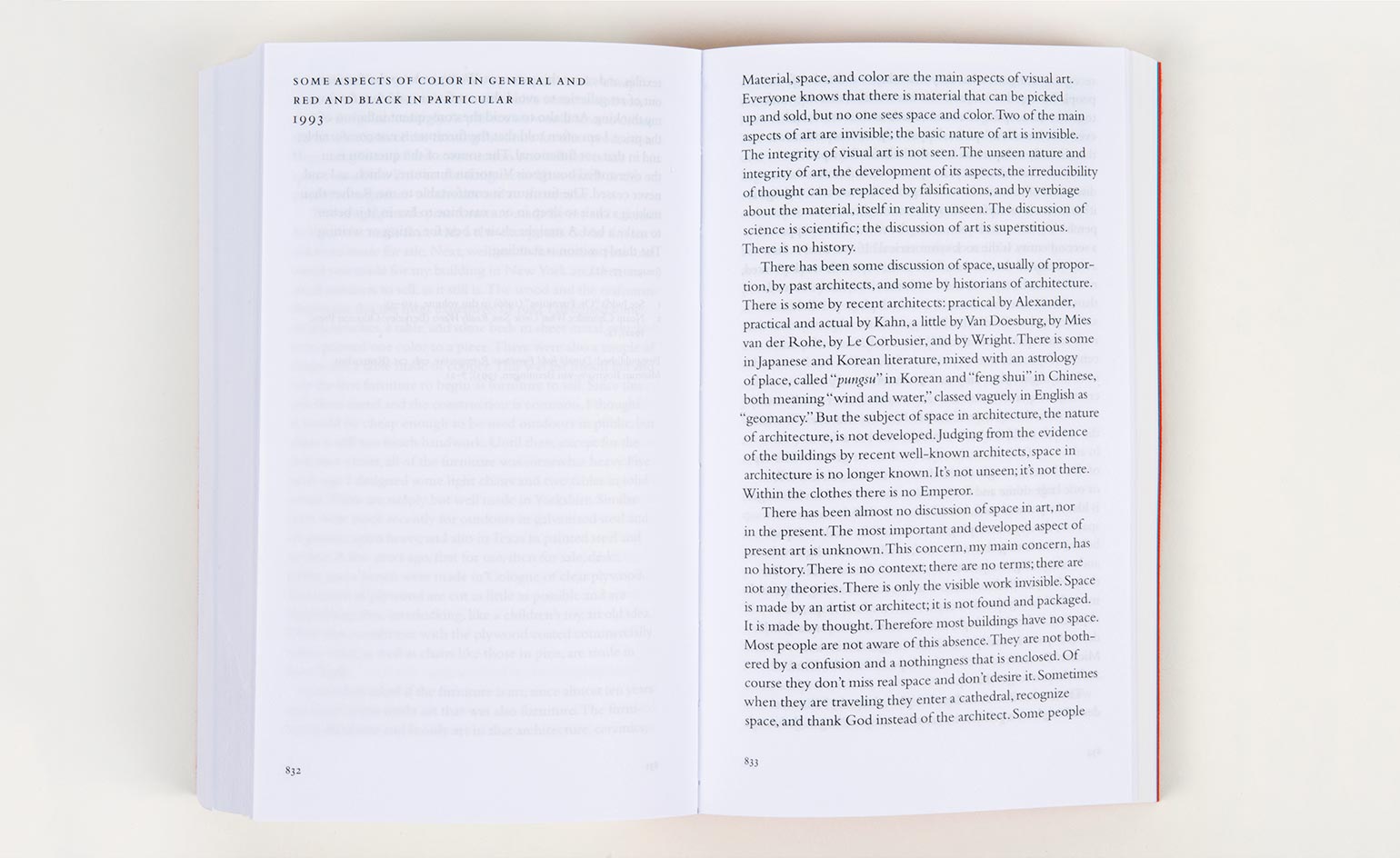
The book’s special binding allows it to be opened and laid flat without the spine creasing
‘We wanted it to be a pleasure to read,’ he adds. ‘We didn’t want the book to be self-conscious and a knowing design object.’
The simple and elegant product pushes design innovations to make it satisfying to the reader. A special binding technique was developed (for Dyer it is ‘one of the most important things about the book’) allowing the book to be opened and laid completely flat without the spine breaking or creasing. Once shut it returns to its perfect form. ‘That is my one big pride point,’ says Dyer. ‘It took a lot of prototyping to figure that out.’

A spread in the book shows Donald Judd on the second floor of 101 Spring Street, his former New York home and studio, in 1985. Courtesy of Judd Foundation, New York. © Antonio Monaci. Photography: Doris Lehni Quarella
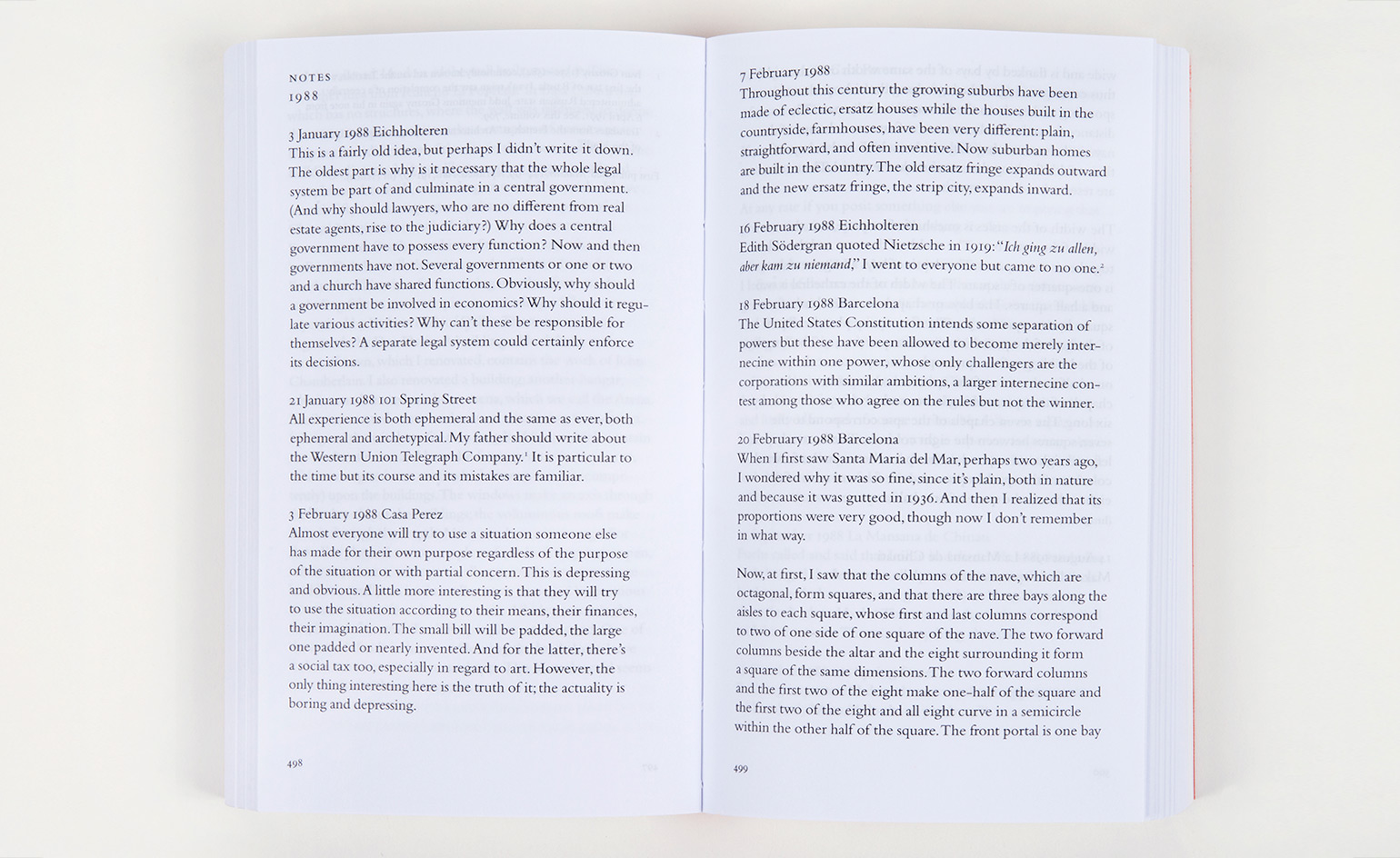
The book is ordered chronologically and where appropriate notes Judd’s location at the time he was writing
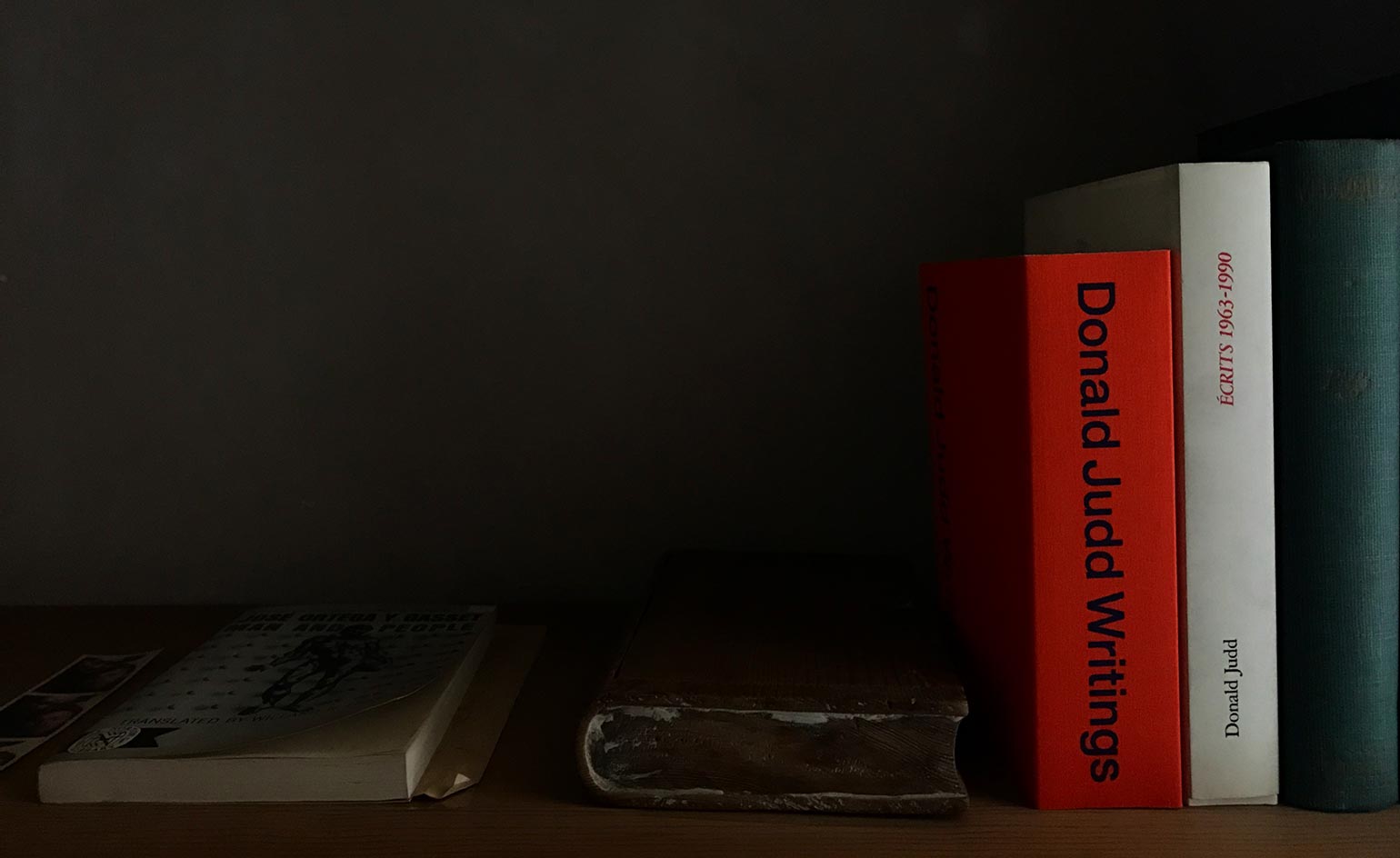
‘We didn’t want the book to be self-conscious and a knowing design object,’ explains Michael Dyer, who worked with Judd’s children, Flavin and Rainer, on the book (and previously on a new identity of the Judd Foundation). © Judd Foundation. Photography: Flavin Judd
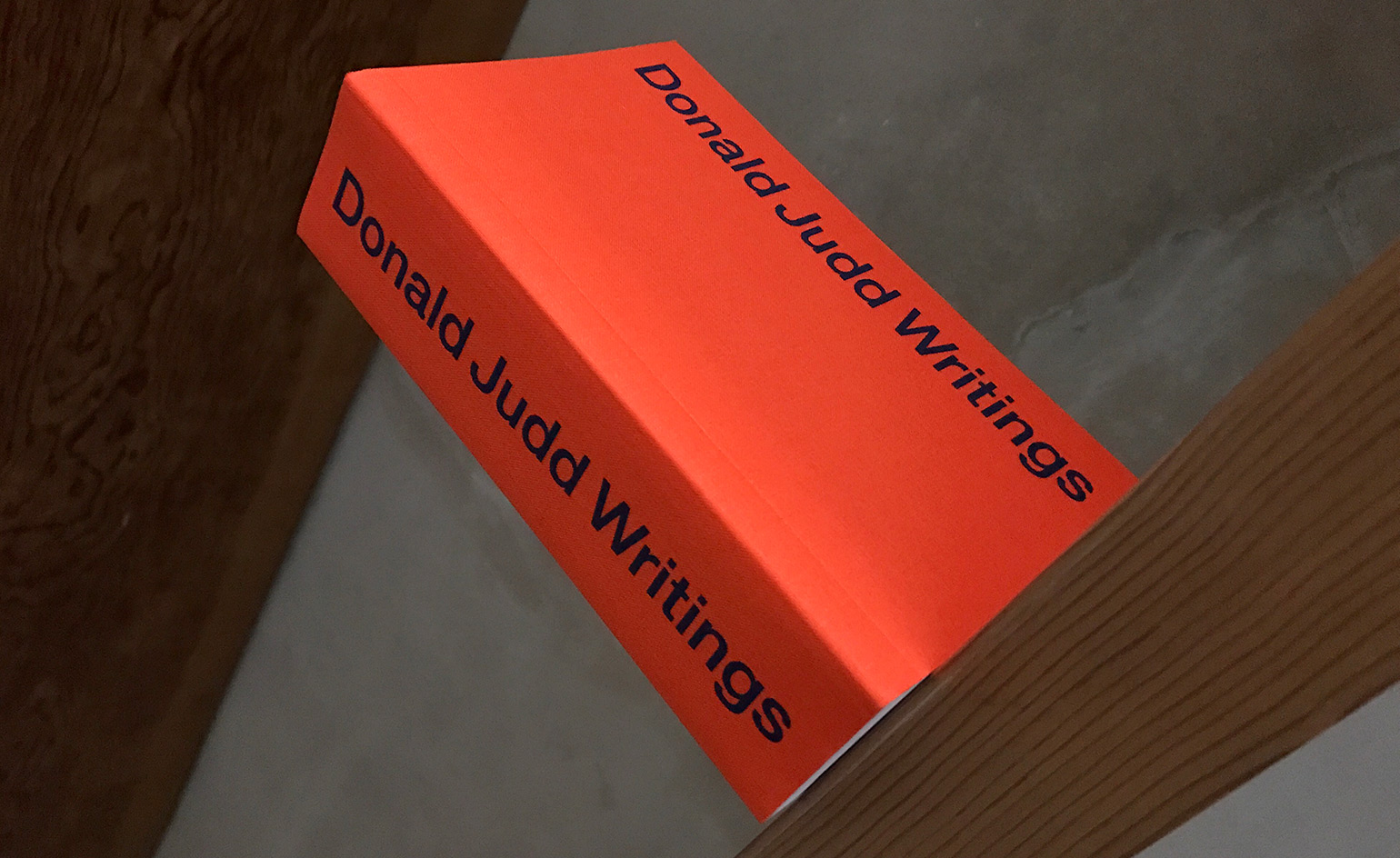
The size of the book was an homage to Phaidon’s edition of EH Gombrich’s The Story of Art. © Judd Foundation. Photography: Flavin Judd
INFORMATION
Donald Judd Writings, published by Judd Foundation and David Zwirner Books; edited by Flavin Judd and Caitlin Murray. For more information, visit the Art Book website
Receive our daily digest of inspiration, escapism and design stories from around the world direct to your inbox.
-
 This cult Los Angeles pop-up restaurant now has a permanent address
This cult Los Angeles pop-up restaurant now has a permanent addressChef Brian Baik’s Corridor 109 makes its permanent debut in Melrose Hill. No surprise, it's now one of the hardest tables in town to book
-
 French bistro restaurant Maset channels the ease of the Mediterranean in London
French bistro restaurant Maset channels the ease of the Mediterranean in LondonThis Marylebone restaurant is shaped by the coastal flavours, materials and rhythms of southern France
-
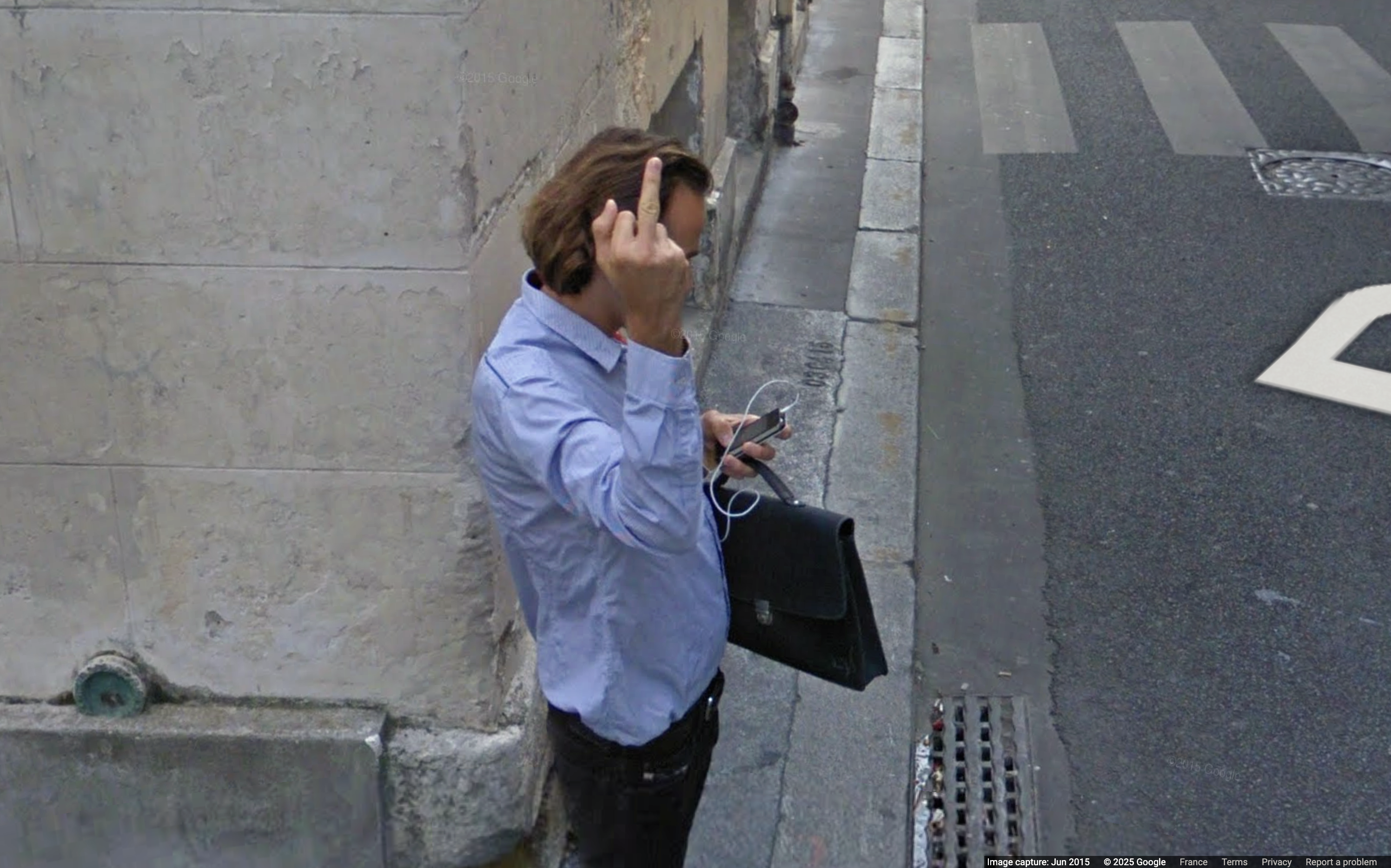 How ethical is Google Street View, asks Jon Rafman in Copenhagen
How ethical is Google Street View, asks Jon Rafman in CopenhagenIn 'Report a Concern - the Nine Eyes Archives' at Louisiana Museum of Art, Copenhagen, Jon Rafman considers technology's existential implications
-
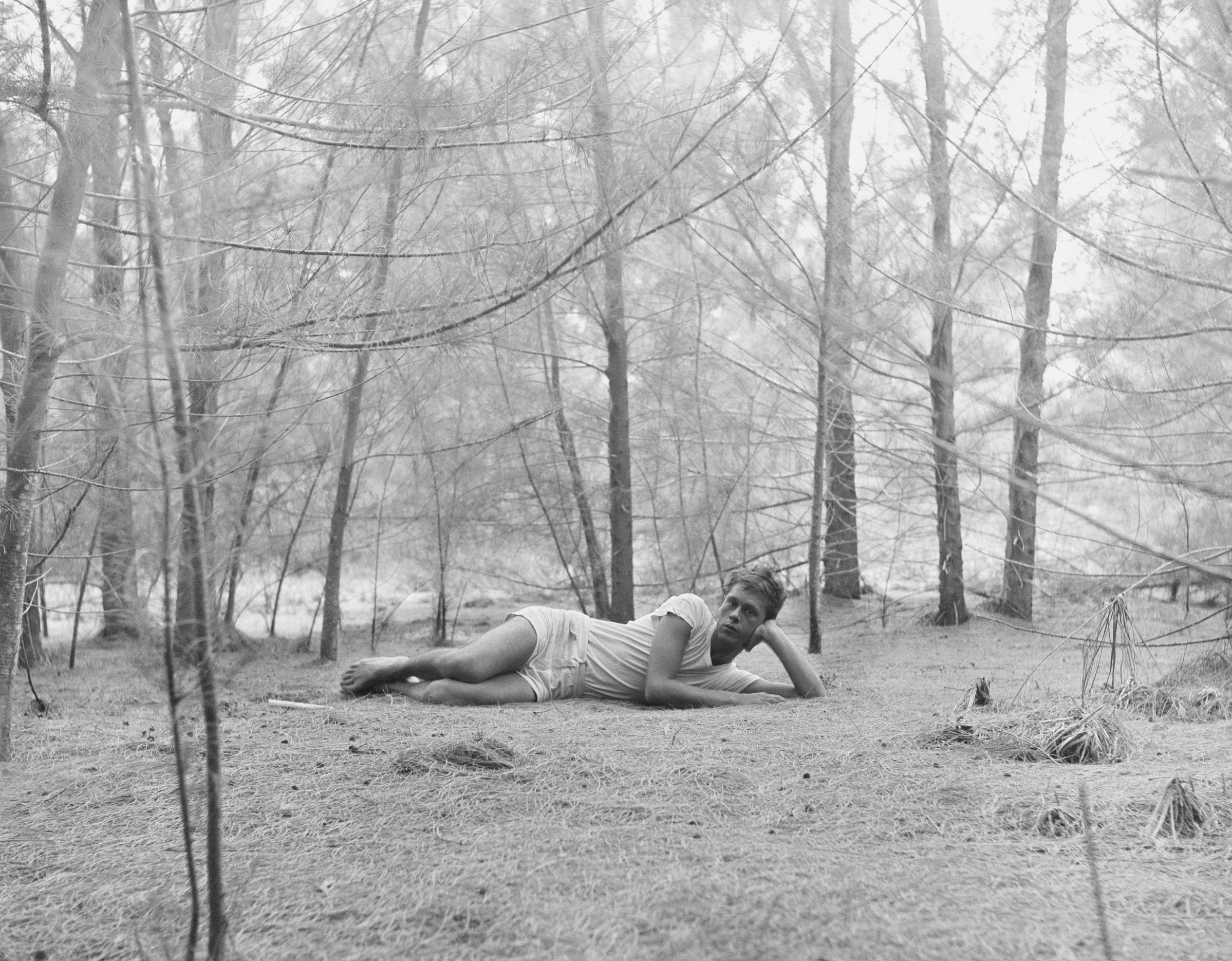 Inside the seductive and mischievous relationship between Paul Thek and Peter Hujar
Inside the seductive and mischievous relationship between Paul Thek and Peter HujarUntil now, little has been known about the deep friendship between artist Thek and photographer Hujar, something set to change with the release of their previously unpublished letters and photographs
-
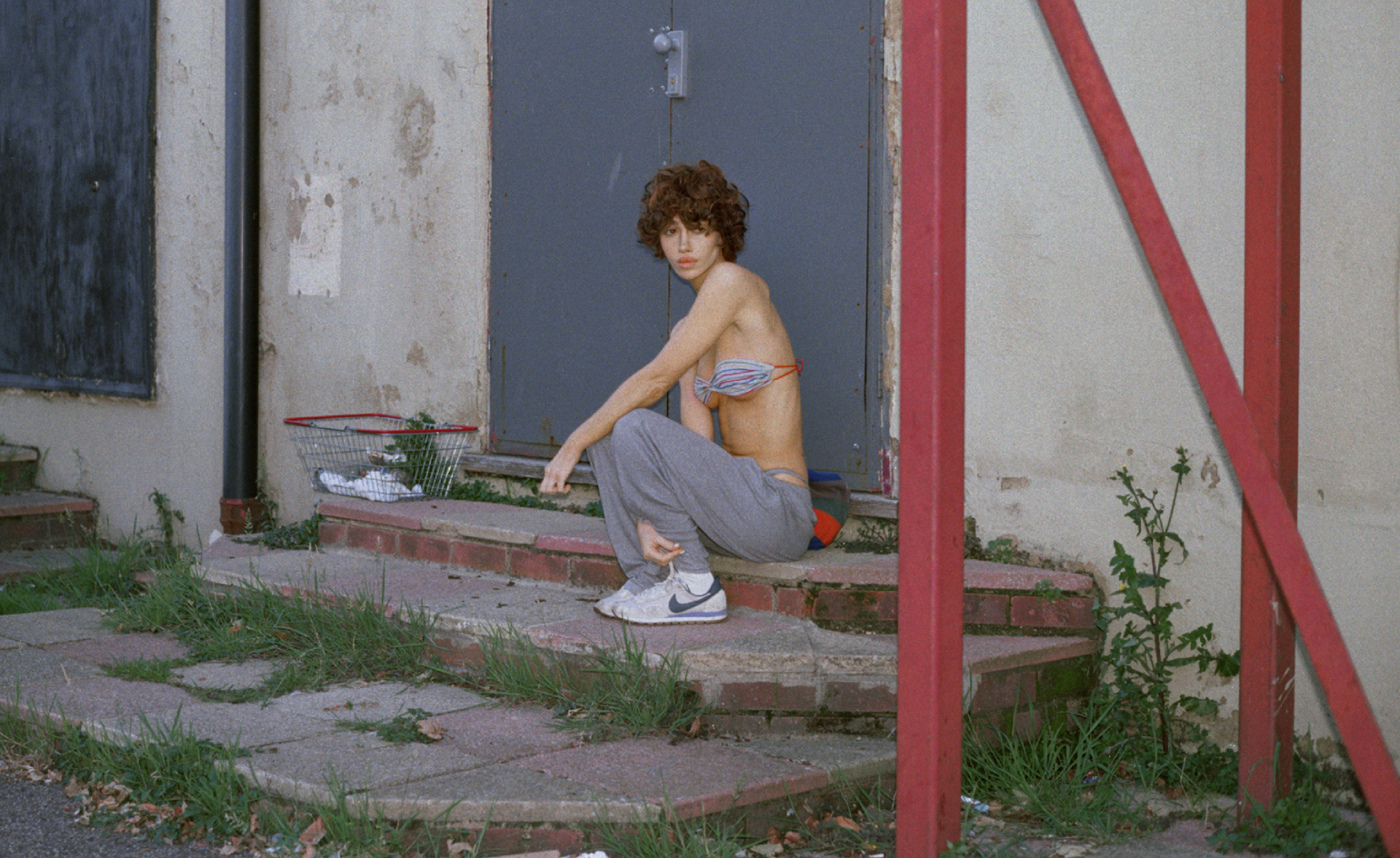 Nadia Lee Cohen distils a distant American memory into an unflinching new photo book
Nadia Lee Cohen distils a distant American memory into an unflinching new photo book‘Holy Ohio’ documents the British photographer and filmmaker’s personal journey as she reconnects with distant family and her earliest American memories
-
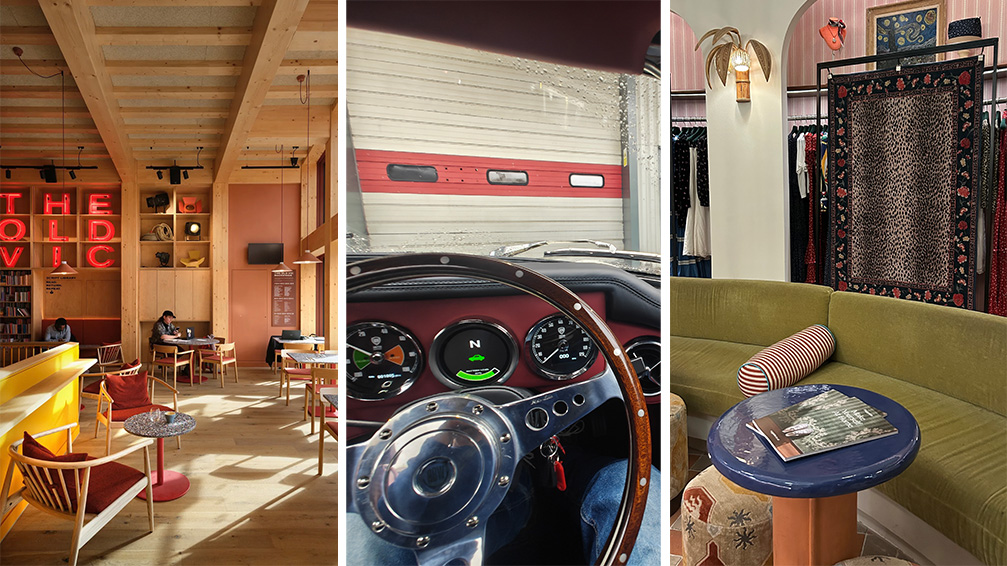 Out of office: The Wallpaper* editors’ picks of the week
Out of office: The Wallpaper* editors’ picks of the weekThe rain is falling, the nights are closing in, and it’s still a bit too early to get excited for Christmas, but this week, the Wallpaper* team brought warmth to the gloom with cosy interiors, good books, and a Hebridean dram
-
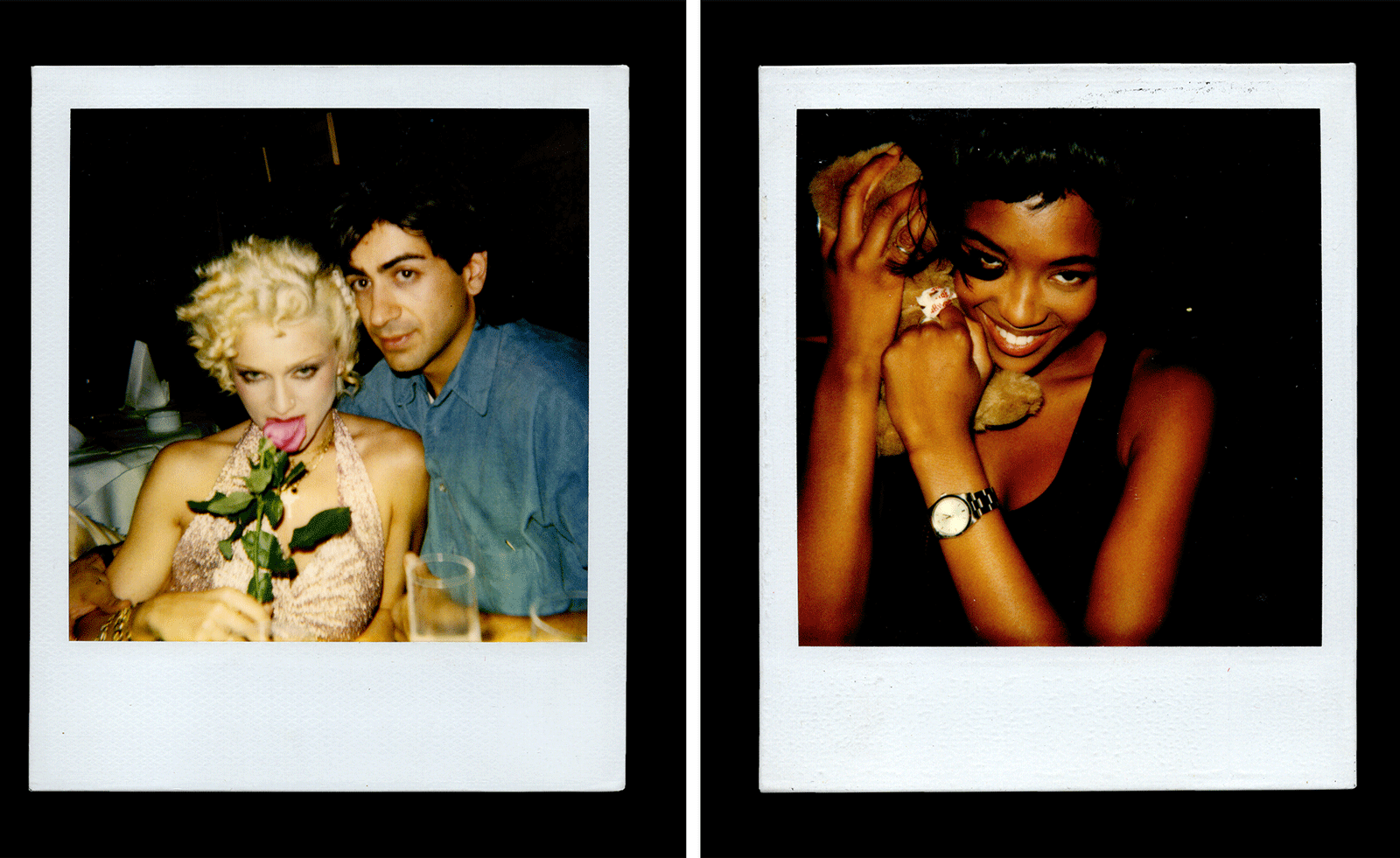 Inside Davé, Polaroids from a little-known Paris hotspot where the A-list played
Inside Davé, Polaroids from a little-known Paris hotspot where the A-list playedChinese restaurant Davé drew in A-list celebrities for three decades. What happened behind closed doors? A new book of Polaroids looks back
-
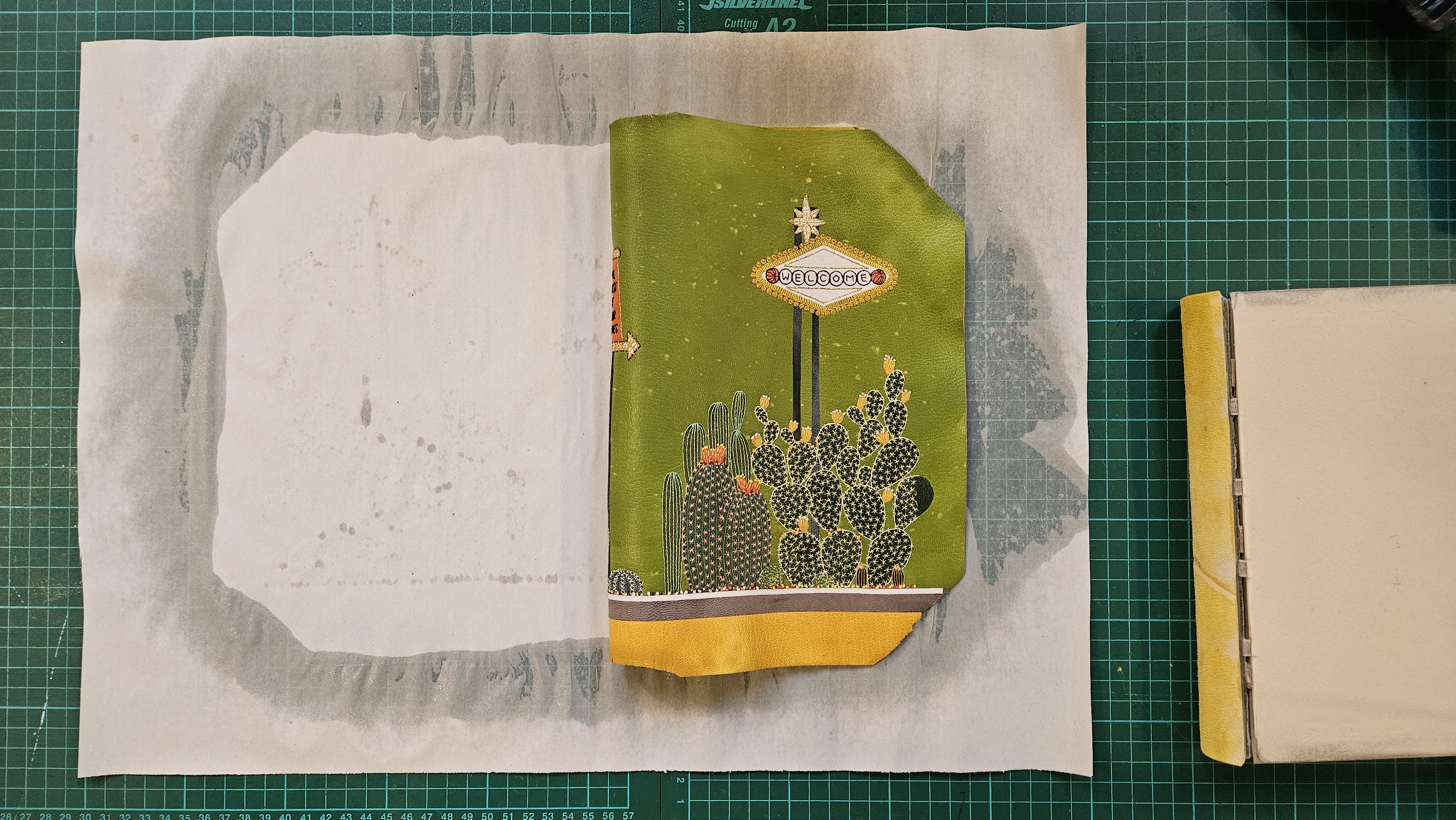 Inside the process of creating the one-of-a-kind book edition gifted to the Booker Prize shortlisted authors
Inside the process of creating the one-of-a-kind book edition gifted to the Booker Prize shortlisted authorsFor over 30 years each work on the Booker Prize shortlist are assigned an artisan bookbinder to produce a one-off edition for the author. We meet one of the artists behind this year’s creations
-
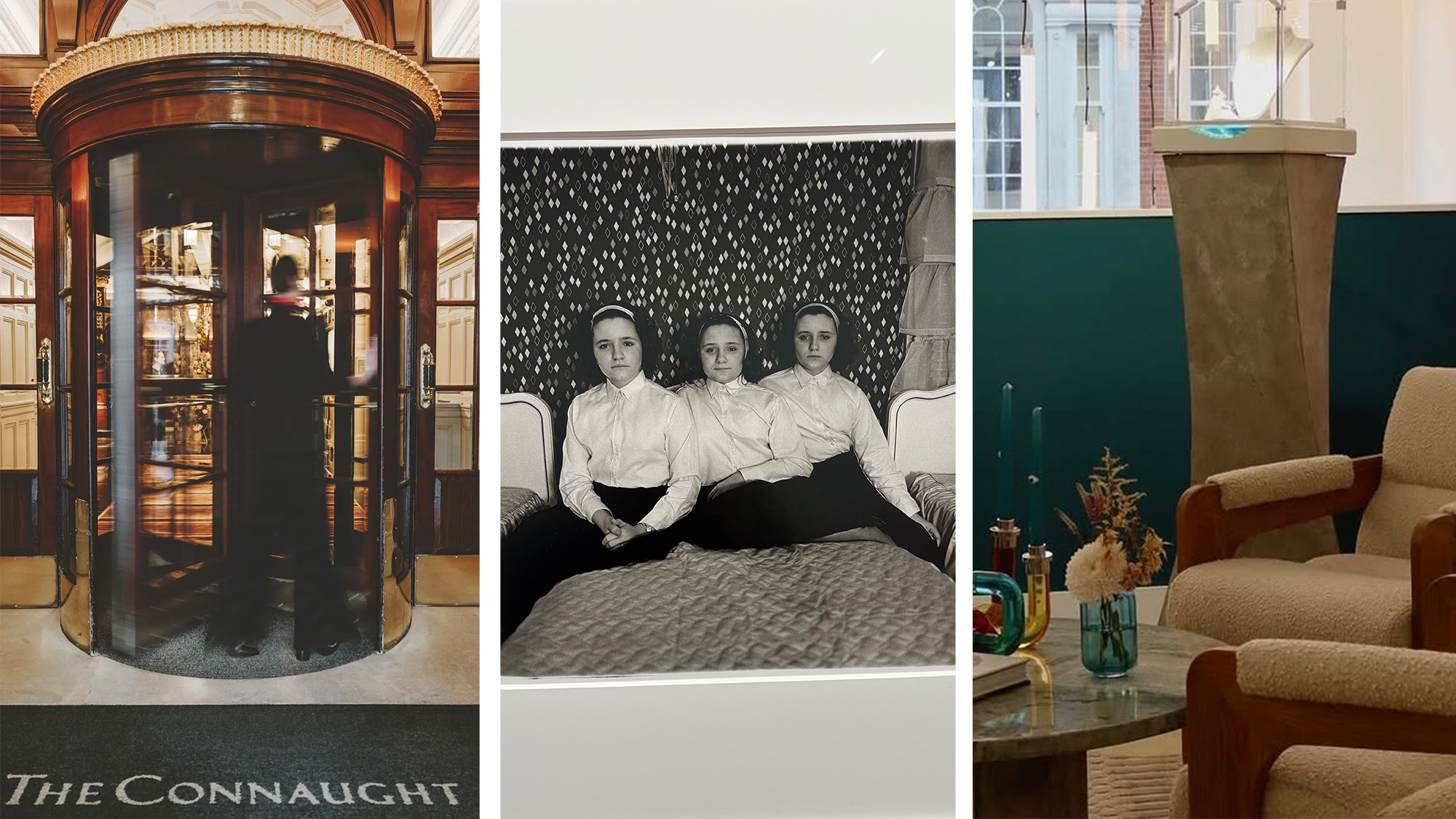 Out of office: The Wallpaper* editors’ picks of the week
Out of office: The Wallpaper* editors’ picks of the weekThis week, the Wallpaper* editors curated a diverse mix of experiences, from meeting diamond entrepreneurs and exploring perfume exhibitions to indulging in the the spectacle of a Middle Eastern Christmas
-
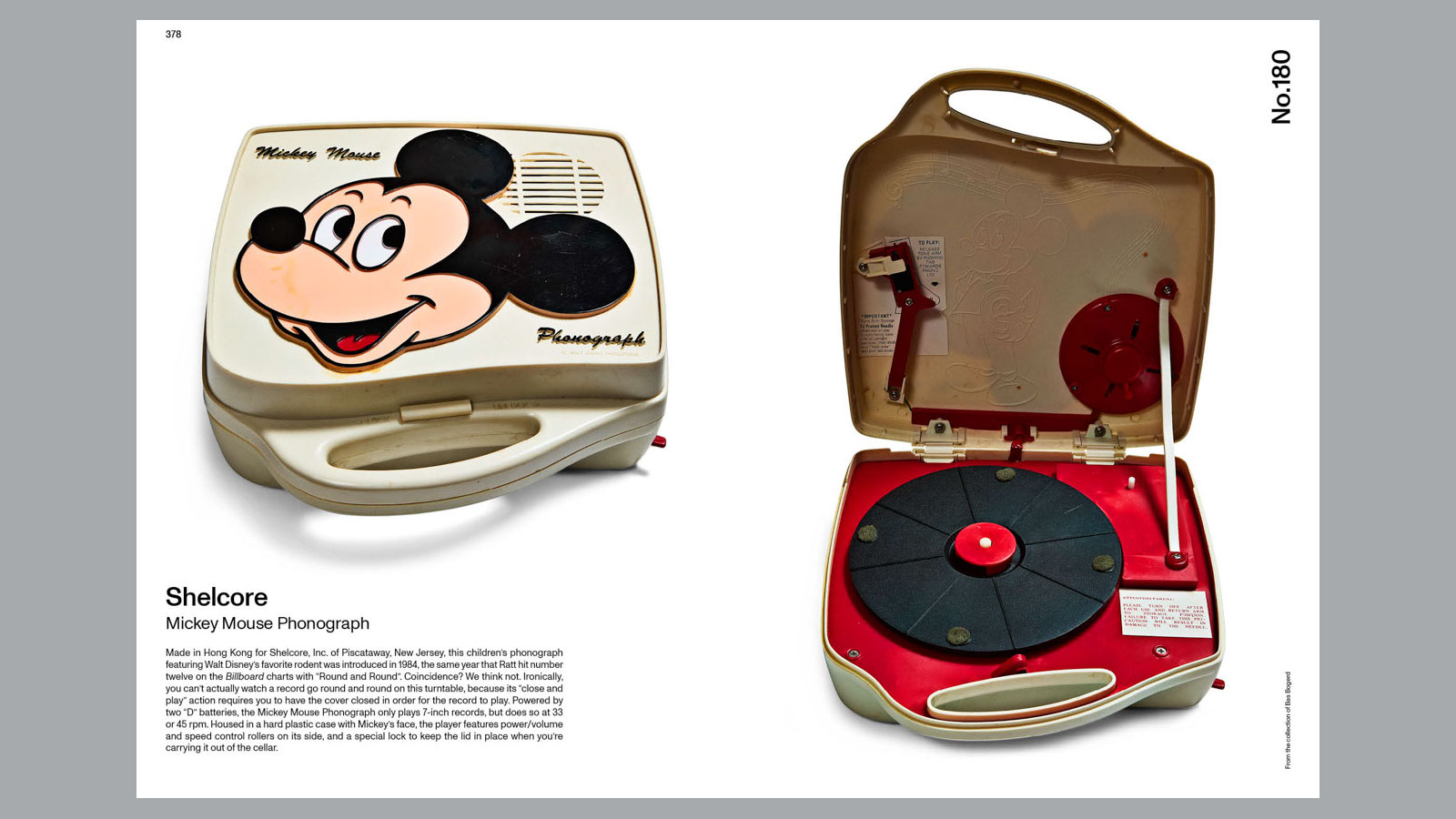 14 of the best new books for music buffs
14 of the best new books for music buffsFrom music-making tech to NME cover stars, portable turntables and the story behind industry legends – new books about the culture and craft of recorded sound
-
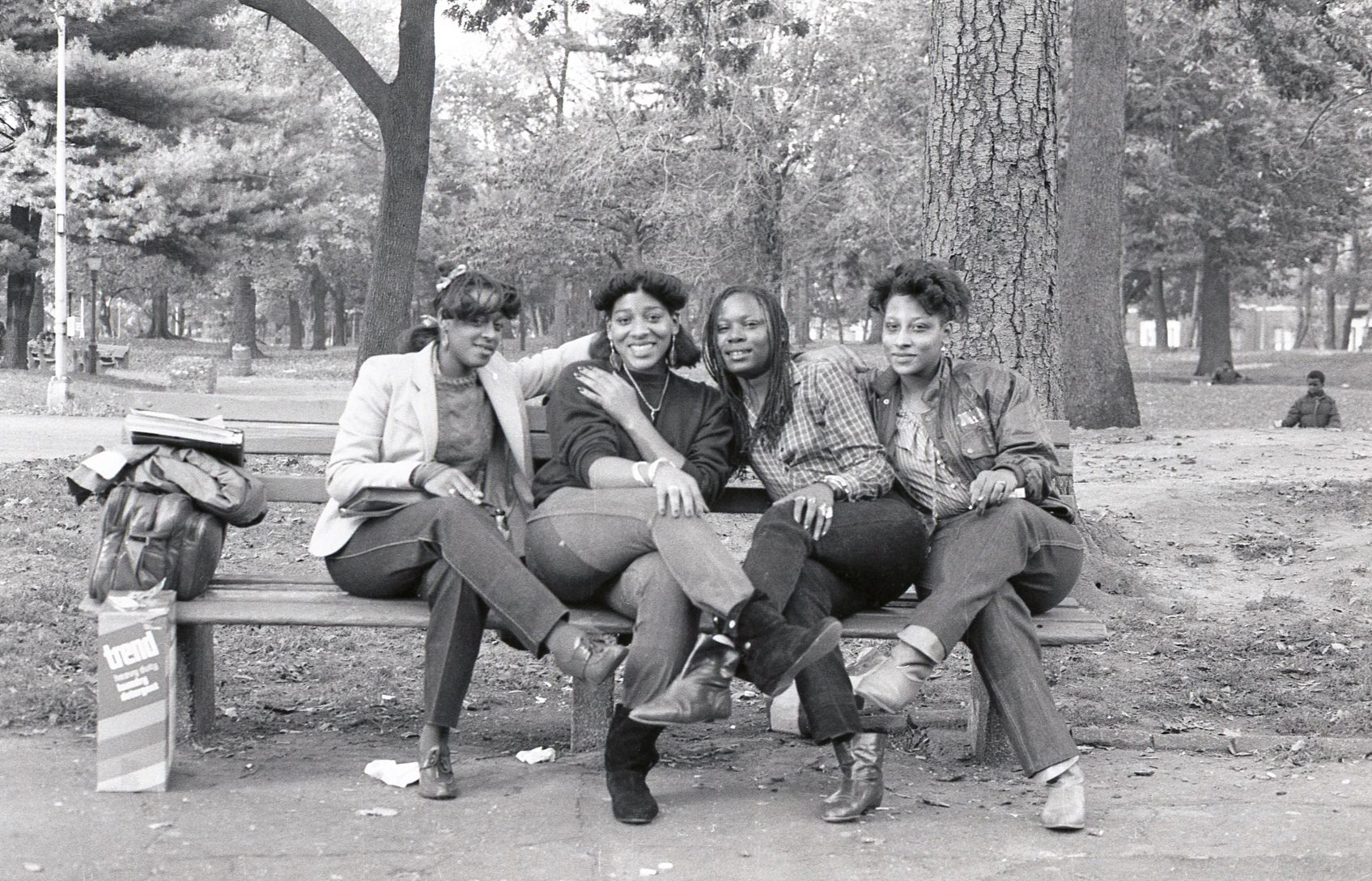 Jamel Shabazz’s photographs are a love letter to Prospect Park
Jamel Shabazz’s photographs are a love letter to Prospect ParkIn a new book, ‘Prospect Park: Photographs of a Brooklyn Oasis, 1980 to 2025’, Jamel Shabazz discovers a warmer side of human nature